Snakes and spiders have long been the stars of myths and legends, often painted as fearsome creatures out to get us. But most of what we believe about them is wildly exaggerated—or just plain wrong. It’s time to set the record straight, from misconceptions about their behavior to outright lies about their abilities. Here are 16 of the biggest myths about snakes and spiders that need debunking.
1. Myth: All Snakes Are Venomous
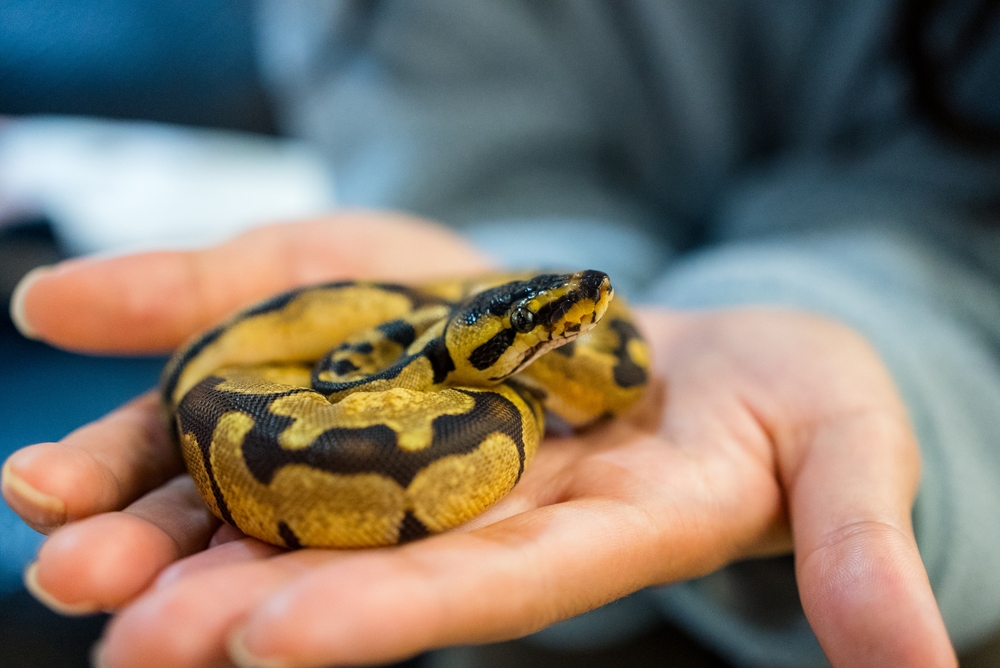
One of the most common myths is that all snakes are venomous and deadly. In reality, only about 15% of snake species possess venom, and an even smaller percentage pose a serious threat to humans. The majority of snakes are non-venomous and rely on constriction or stealth to hunt. Many snakes, like garter snakes, pose no harm at all and are more interested in avoiding humans than attacking them.
2. Myth: Daddy Longlegs Are the Most Venomous Spiders
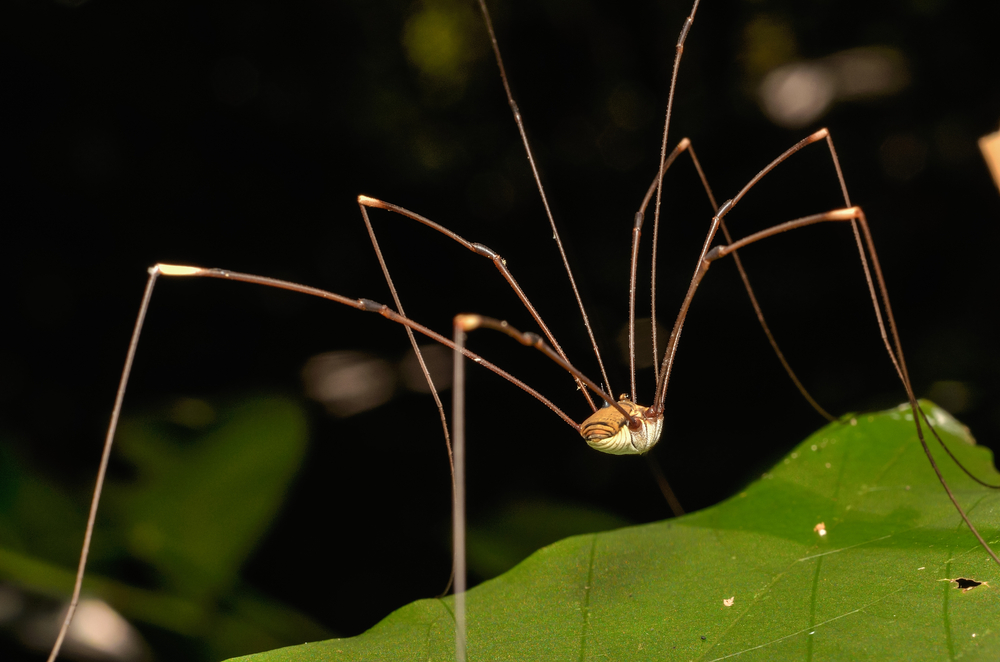
It’s often claimed that daddy longlegs (also known as harvestmen) are the most venomous spiders but lack fangs strong enough to bite humans. This is completely false. Daddy longlegs aren’t even spiders—they belong to a different arachnid group and don’t produce venom. Their harmlessness is far from the deadly creatures they’re often made out to be in urban legends.
3. Myth: Snakes Chase Humans
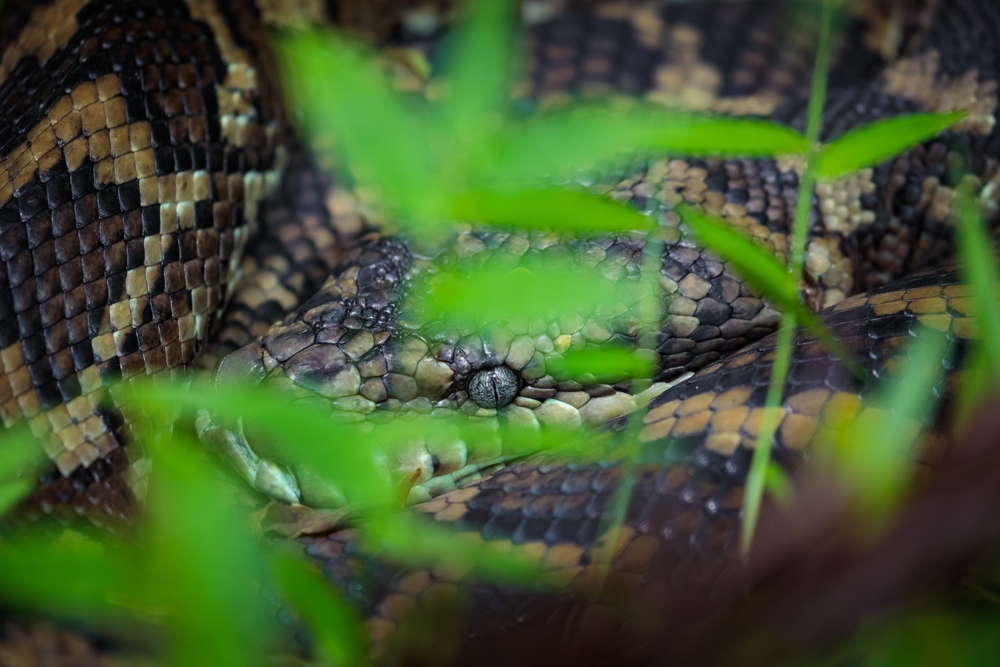
The idea that snakes actively chase humans is pure fiction. Snakes are naturally shy creatures that only strike when they feel cornered or threatened. If a snake appears to be following you, it’s likely trying to find an escape route while you’re moving in the same direction. This misunderstanding often stems from fear, but snakes would much rather avoid us altogether.
4. Myth: Spiders Crawl Into Your Mouth While You Sleep
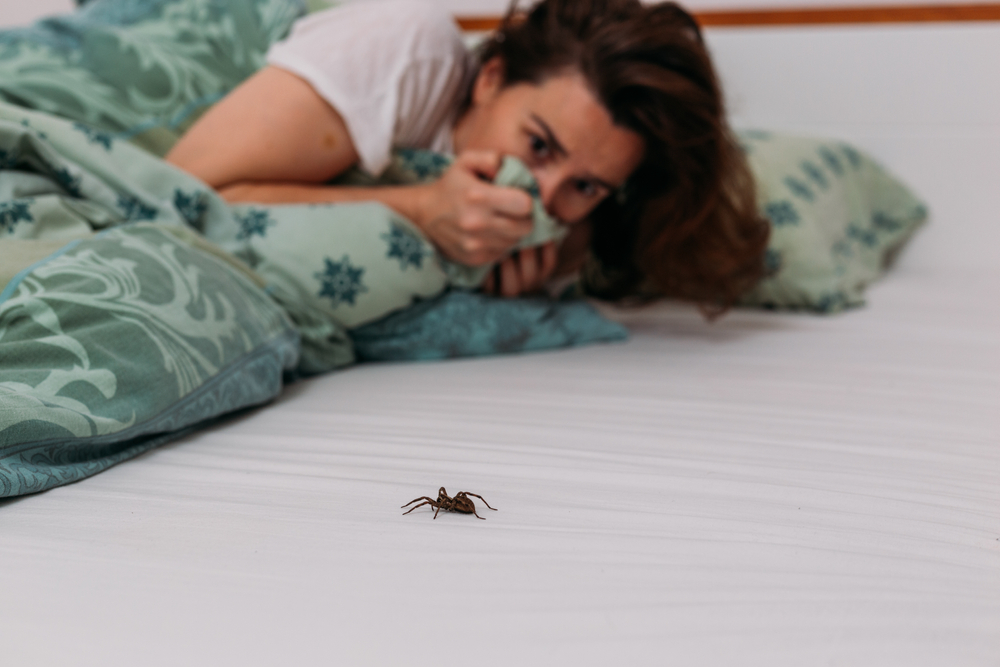
The myth that you swallow several spiders in your sleep every year is one of the most enduring urban legends. Spiders avoid humans as much as possible, and your breathing and heartbeat vibrations are enough to keep them at bay. The thought of spiders seeking out your mouth is more nightmare fuel than scientific fact, making this one of the silliest myths out there.
5. Myth: Venomous Snakes Have Triangular Heads
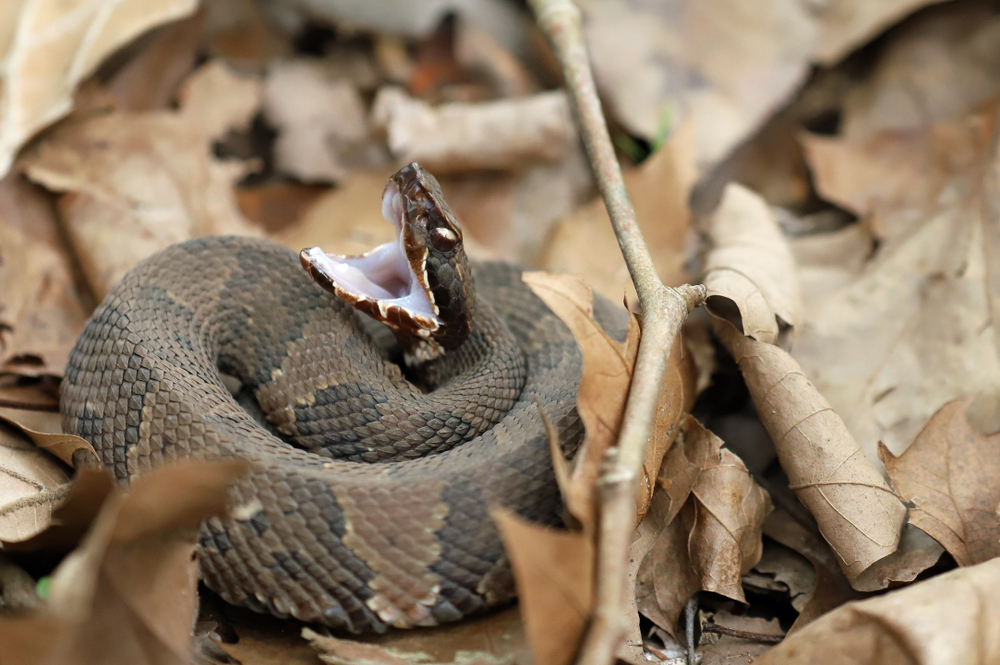
While it’s true that many venomous snakes, like vipers, have triangular heads, this is not a reliable rule for identifying dangerous species. Non-venomous snakes can also have triangular-shaped heads; some can flatten their heads to mimic venomous species as a defense mechanism. Relying on head shape alone to judge a snake’s danger level can lead to unnecessary fear—or even harm to harmless snakes.
6. Myth: All Spiders Spin Webs

Not all spiders spin webs. While web-building is a hallmark of certain species, many spiders hunt or ambush their prey instead. For example, wolf spiders and jumping spiders rely on speed and stealth rather than intricate webs. This myth oversimplifies the diverse hunting strategies of spiders, painting them all as web-spinning lurkers when many are active hunters in their ecosystems.
7. Myth: Snakes Are Slippery
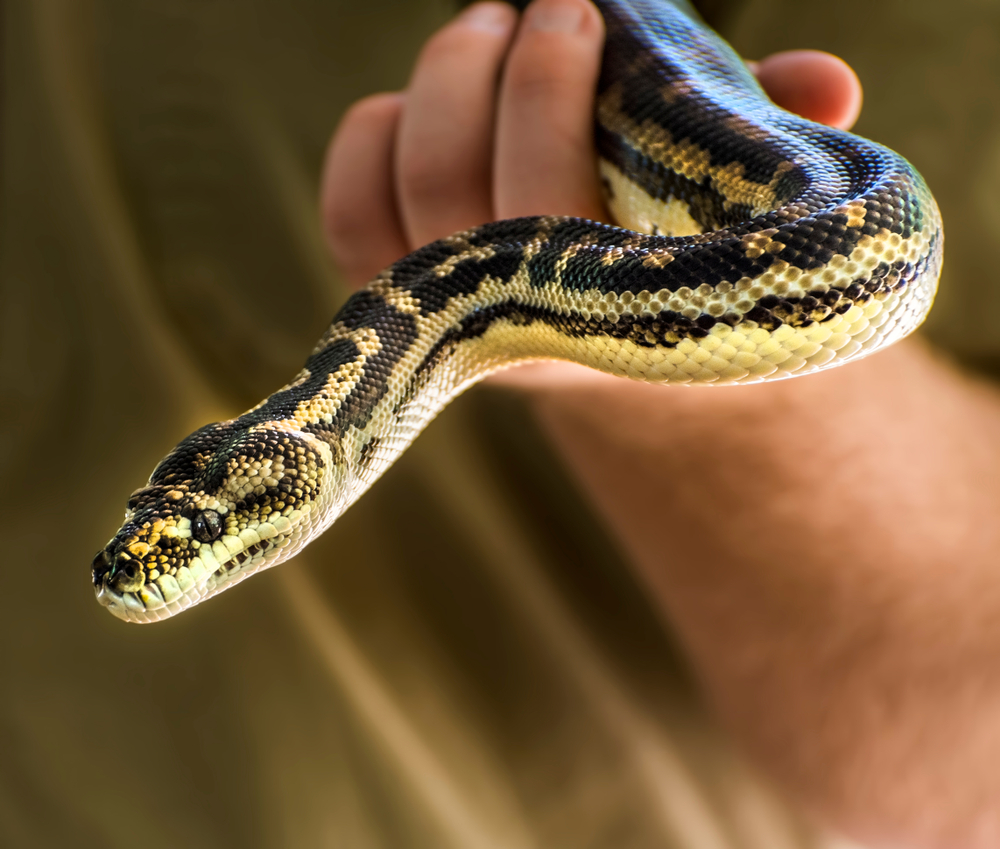
Contrary to popular belief, snakes are not slimy or slippery. Their skin is dry and covered in smooth, overlapping scales that feel silky to the touch. The misconception likely comes from their shiny appearance, which reflects light and gives the impression of wetness. In reality, snakes are sleek, dry, and impeccably adapted to their environments.
8. Myth: Spiders Are Aggressive Toward Humans
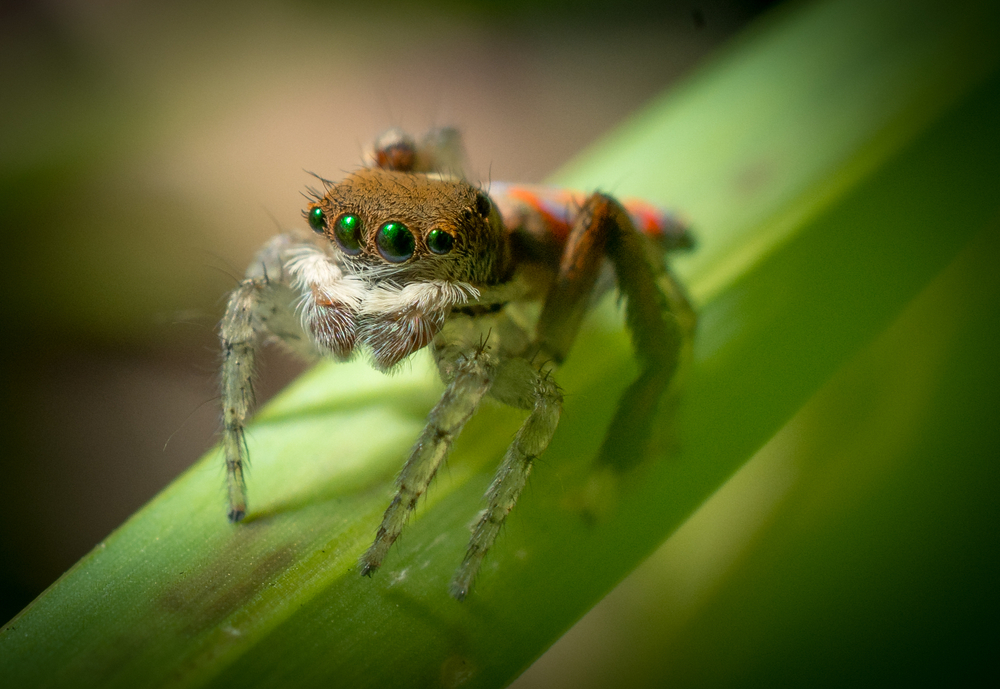
Most spiders are non-aggressive and would rather flee than confront humans. Even species like the black widow or brown recluse only bite as a last resort when they feel directly threatened. Most spider bites occur when they’re accidentally disturbed, such as while putting on clothes or shoes. Spiders don’t see humans as prey and have no reason to attack unprovoked.
9. Myth: Snakes Can Hypnotize Their Prey
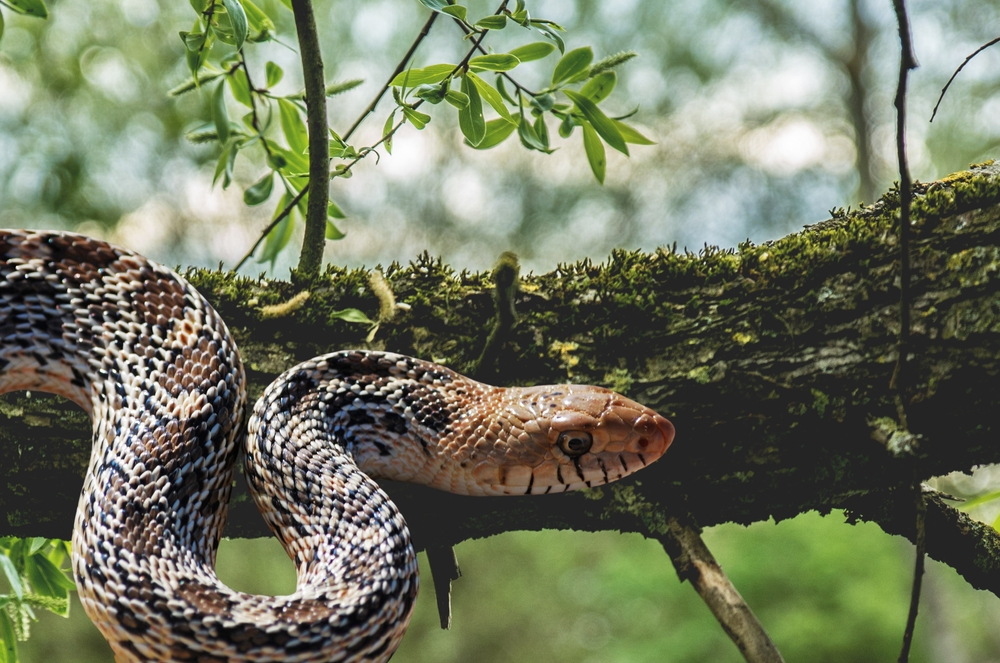
The idea that snakes can hypnotize their prey with an intense stare is more folklore than fact. While snakes often appear to “stare” at their prey simply because they don’t have eyelids and can’t blink. Their unblinking gaze helps them focus, but there’s no magical power involved. The prey’s stillness is usually due to fear or confusion, not hypnosis.
10. Myth: Tarantulas Are Deadly to Humans
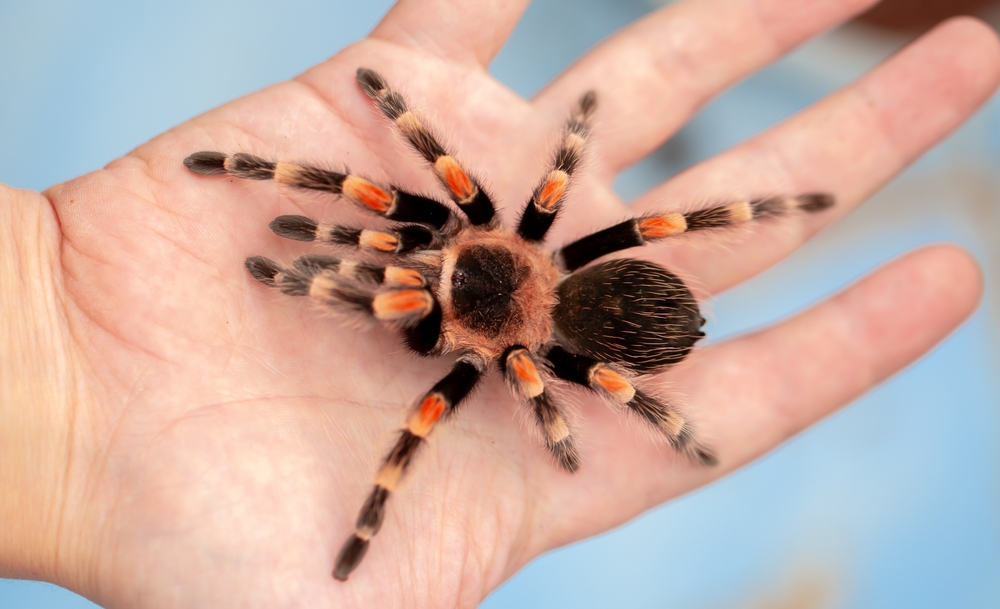
Tarantulas may look intimidating with their large size and hairy bodies, but their venom is not deadly to humans. A tarantula bite is often compared to a bee sting, causing mild pain and irritation at most. These gentle giants are more likely to flick irritating hairs as a defense than to bite, making them far less dangerous than their reputation suggests.
11. Myth: Snakes Are Deaf
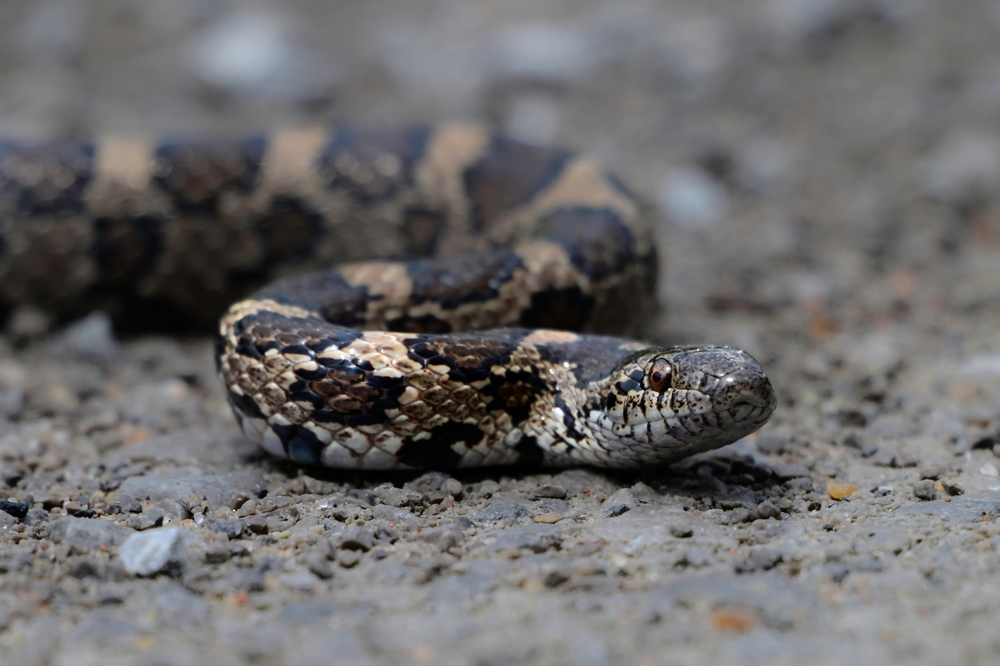
While snakes don’t have external ears, they’re far from deaf. Snakes pick up vibrations through their jawbones, allowing them to sense nearby movement and even detect low-frequency sounds. This unique adaptation helps them navigate their environments and avoid threats. The myth of their deafness oversimplifies their complex sensory abilities, which are far more impressive than we often realize.
12. Myth: All Spiders Are Poisonous
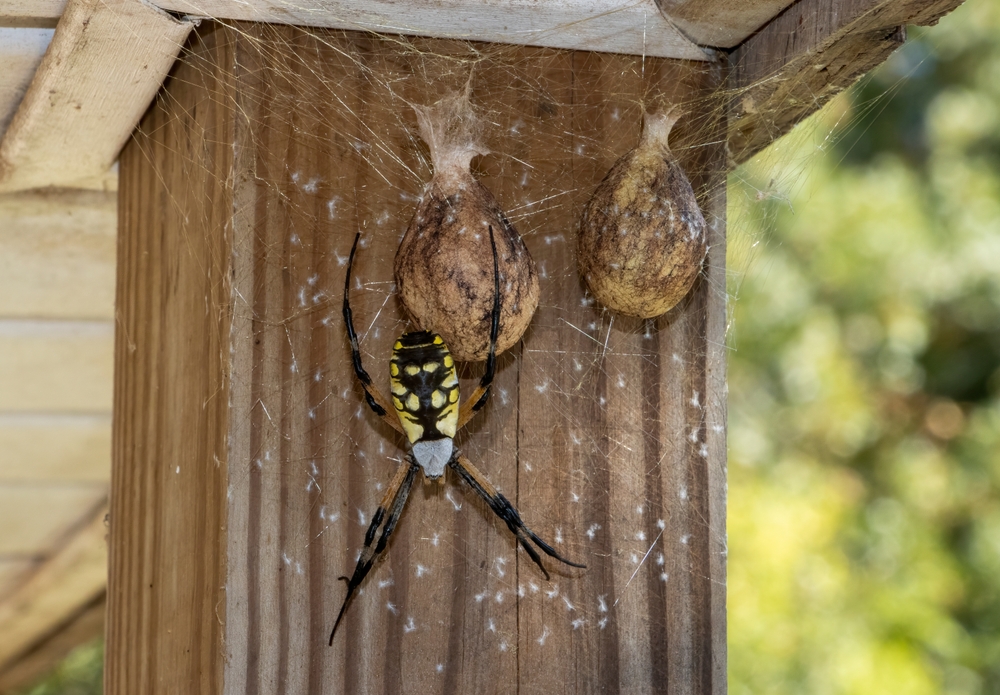
Not all spiders are poisonous (or venomous, the correct term). Out of the thousands of spider species worldwide, only a handful pose any threat to humans. Most spiders use venom to subdue their prey but lack the potency or the ability to harm humans. Fear of all spiders is unwarranted and stems from misinformation rather than reality.
13. Myth: Snakes Drink Milk
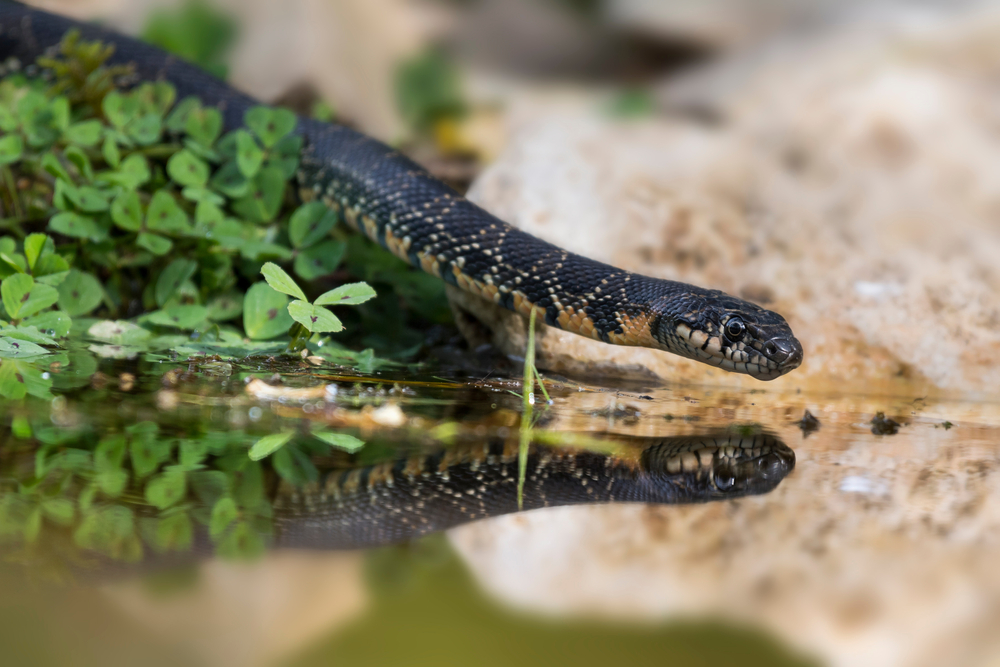
The myth of snakes drinking milk is rooted in folklore and religious symbolism rather than biological fact. Snakes don’t drink milk because they lack the enzymes needed to digest it. While they do drink water, milk is not part of their natural diet. Stories of snakes drinking milk are often exaggerated or based on dehydrated captive snakes and desperate for liquid.
14. Myth: Spider Silk Is Fragile
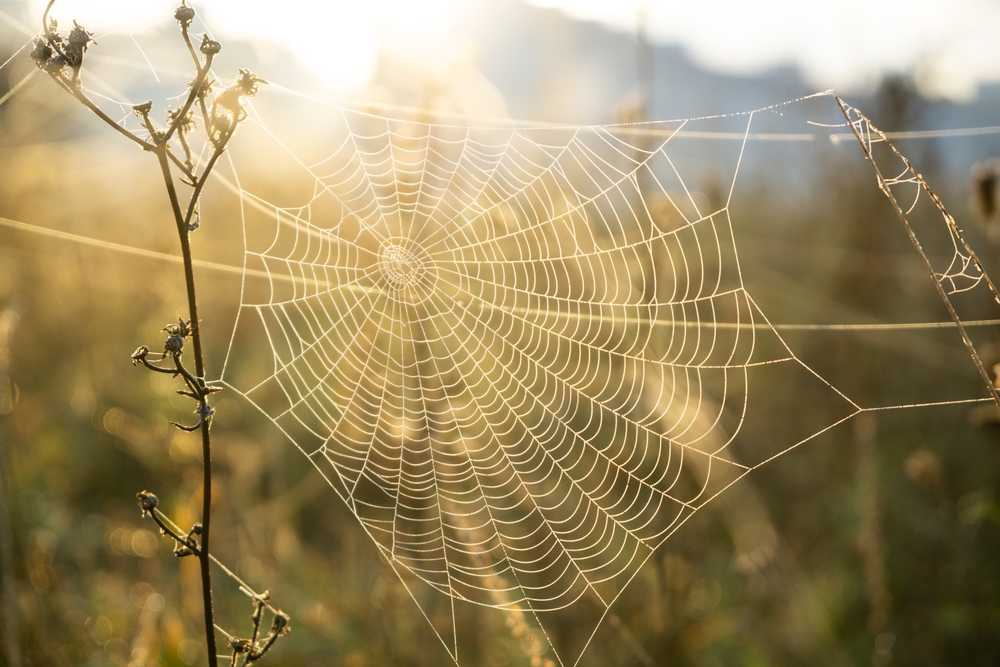
Spider silk may look delicate, but it’s incredibly strong—stronger than steel of the same thickness. Some species create silk tough enough to capture prey several times their size. The myth of its fragility likely comes from the thin, wispy appearance of webs. Still, in reality, spider silk is one of nature’s most remarkable materials, with properties scientists are eager to replicate.
15. Myth: All Snake Bites Are Fatal
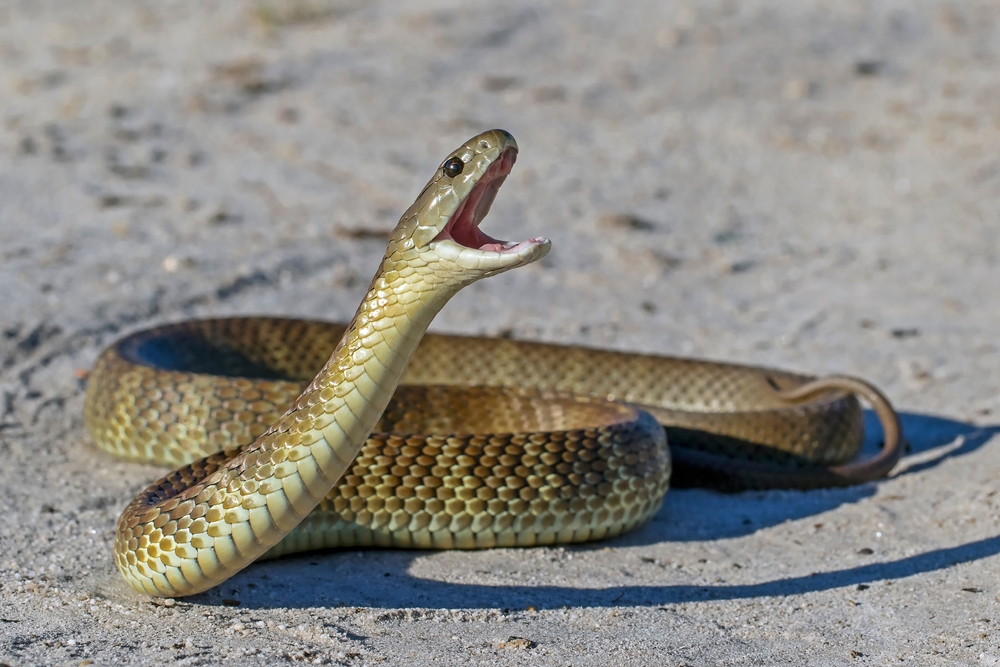
While snake bites can be dangerous, the idea that they’re automatically fatal is far from true. Most snakes are non-venomous, and even bites from venomous species are rarely fatal with prompt medical treatment. Many bites are “dry,” meaning no venom is injected. Education and access to antivenom have significantly reduced the mortality rate, making snake bites far less deadly than myths would have us believe.
16. Myth: Spiders Are Useless Creatures
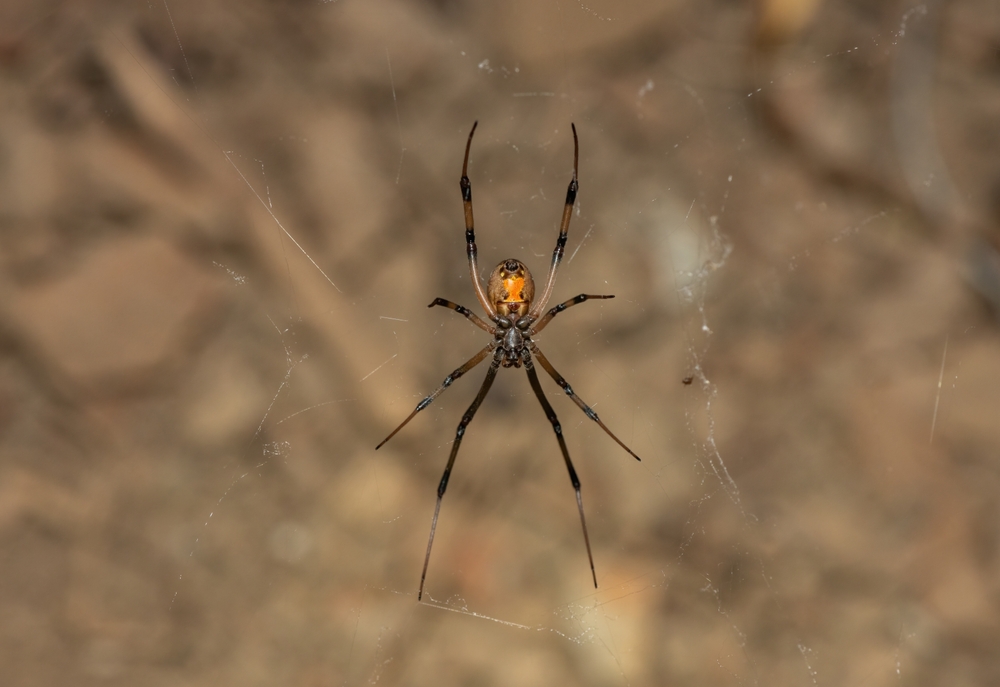
Spiders are often seen as pests but play a crucial role in ecosystems. By controlling insect populations, spiders help maintain balance in the food chain and reduce the spread of diseases carried by pests like mosquitoes. Their presence in gardens and homes is a natural form of pest control, making them far more helpful than harmful in the grand scheme.
